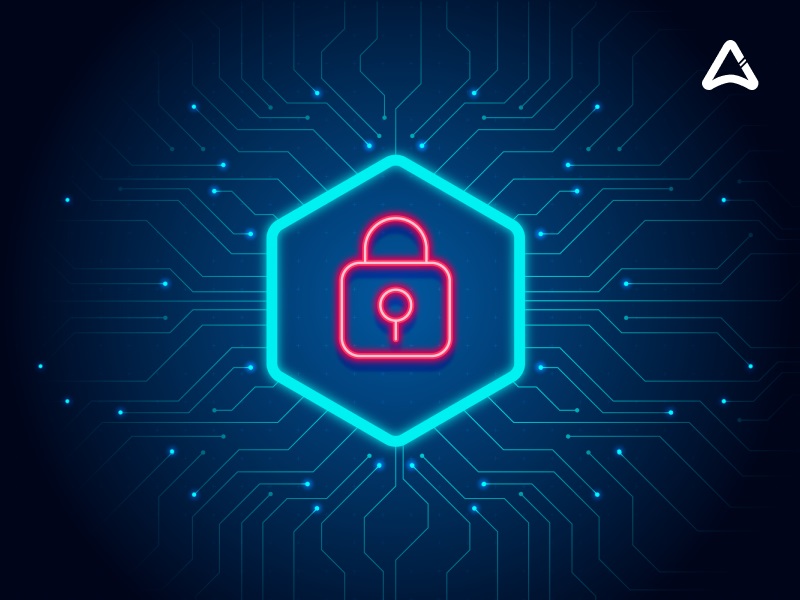In today’s digital age, website security is more critical than ever. Whether you’re running a business or just managing your personal blog online, keeping it secure from hackers and malware should be at the top of your list. This article will walk you through some essential steps to help protect yourself.
- SSL Certificate Installation: The first thing that comes to mind when talking about website security is an SSL (Secure Sockets Layer) certificate installation – this creates encryption between user web browsers and servers on websites; data passed remains private & safe against potential breaches.
- Update Regularly: Keeping up-to-date with software updates plays a crucial role in maintaining overall site security levels—especially for CMS platforms like WordPress/Joomla! These regular patches cover known vulnerabilities exploited by cybercriminals.
- Use Strong Passwords/ Usernames : Creating hard-to-guess combinations containing random symbols,numbers,capital letters(lower case too!) can go far in hindering unauthorized access attempts especially those attempting malicious attacks
- Backup Frequently : To avoid losing significant amounts of information during unexpected events such as errors due to human factors, hacking etc., conduct frequent backups regularly!
- Implement Two-Factor Authentication(2FA): Implementing two-factor authentication adds another layer(a password plus unique code sent via SMS/email/app notification), offering increased protection even if attackers have acquired login credentials
- Use Firewall/Antivirus Software: Avoid getting hacked – make sure firewall programs are installed properly , also using antivirus tools scan sites seeking out weaknesses/malware risks within them.
- Monitor Site Activity Often: The key here involves detecting possible intrusion early enough so plausible action may immediately ensue. To achieve swift response times use monitoring tools along real-time alerts
- Secure File Permissions: File permissions restrict who has what level/modification rights across pages .By setting proper configurations ensures no unauthorised alterations made to files otherwise compromising system security.
In conclusion, safeguarding your website should be a top priority in today’s world of internet-dependent services. Implement these strategies outlined above and stay up-to-date with evolving technologies/techniques by joining online communities or subscribing newsletters directing this area. Regular monitoring/taking proactive measures can prevent most cyberattacks from happening altogether!

